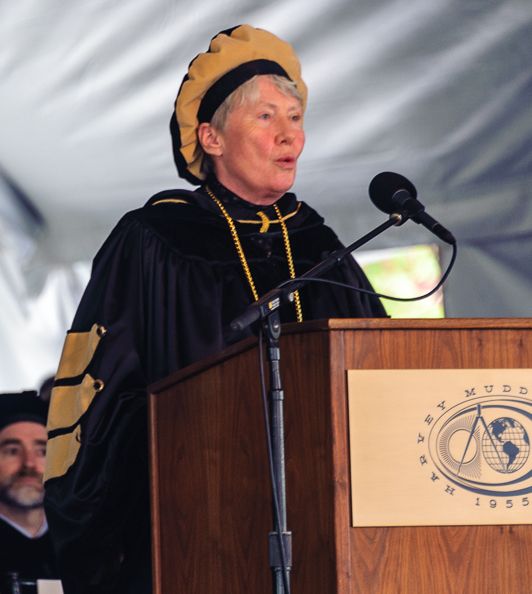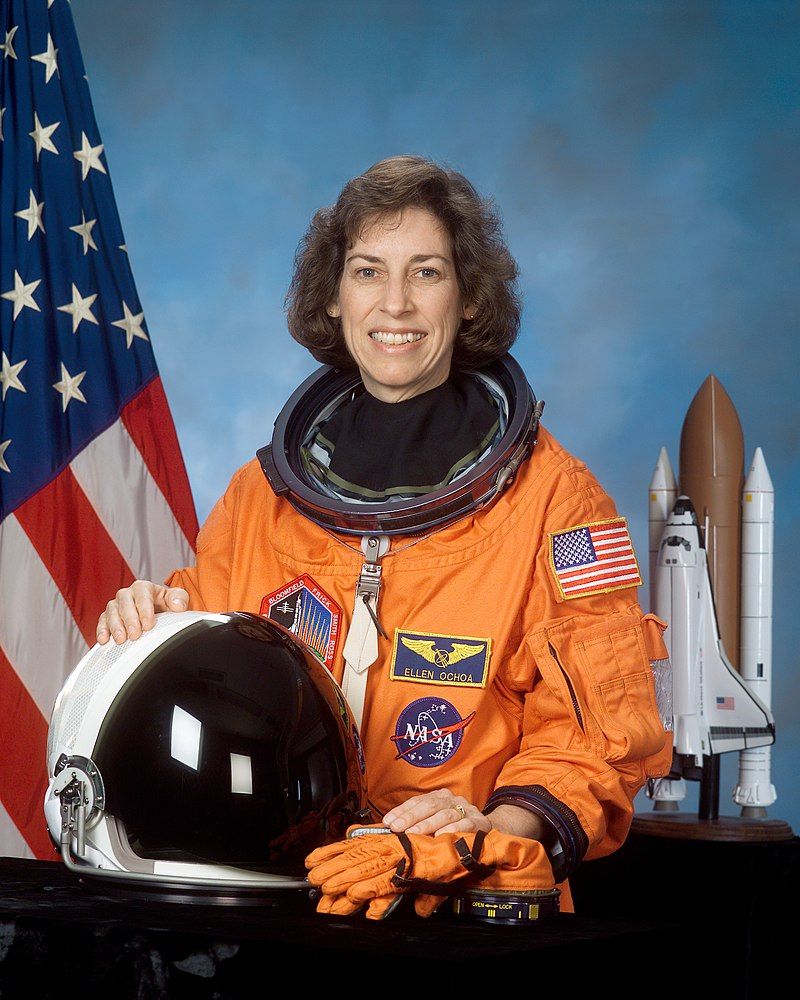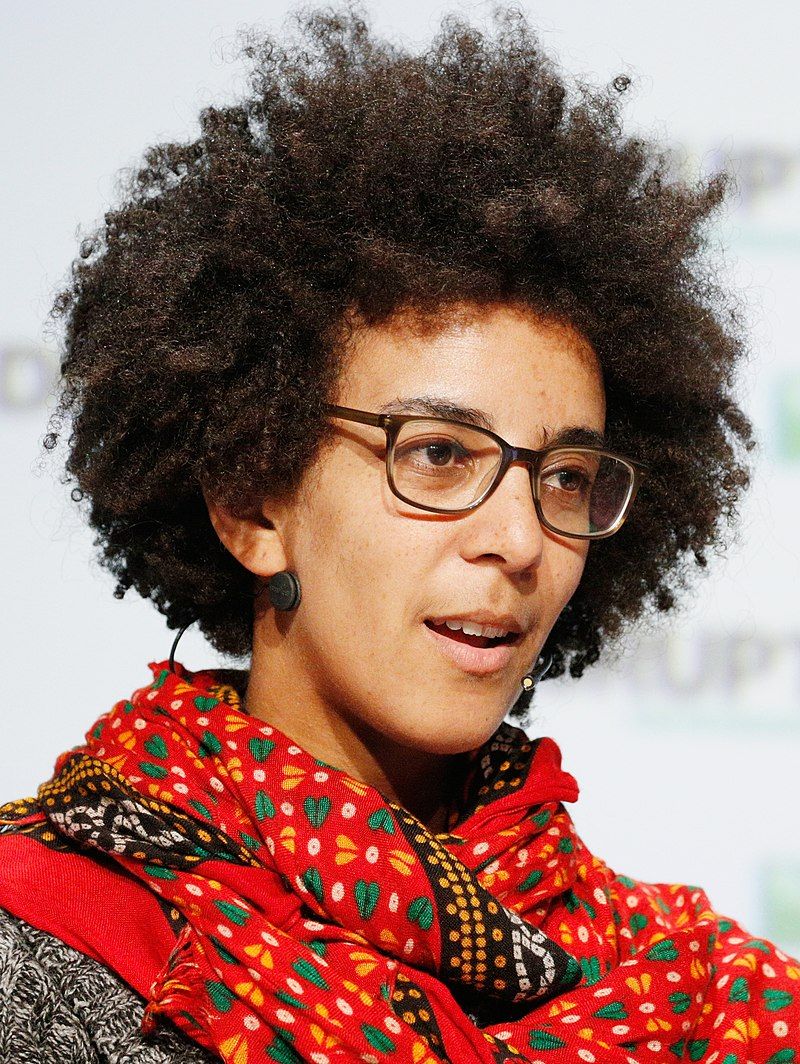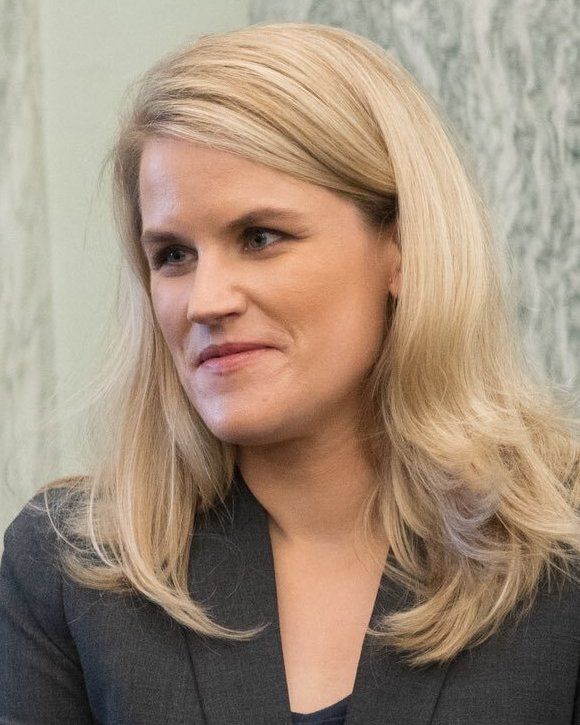What Is a Liberal Arts Degree, and What Can You Do With It?
Read now/f/64062/800x451/d0d882f39b/liberal-arts.jpg)
/f/64062/4392x2932/190f2fea64/stem-blog.jpg)
In addition to exploring this underrepresentation in STEM, scholars are looking for ways to rectify the inequality. It’s their goal to give women stronger voices within these fields and offer the recognition and compensation that go along with many of these careers.
To draw awareness to the inequality, give women and girls greater access to science, and empower them to create change in these areas, the United Nations declared 11 February as International Day of Women and Girls in Science. The UN set this day aside to promote equal access to employment and empower women and girls to pursue careers in these fields.
Each year, the UN highlights a specific area of need or concern. This year’s STEM topic, “Equity, Diversity, and Inclusion: Water Unites Us,” is one of the UN’s Sustainable Development Goals (SDG) - Clean Water and Sanitation.
Learn more about how Crimson can help you find a STEM program that’s perfect for you!
STEM is an acronym for Science, Technology, Engineering, and Mathematics. STEM education varies from school to school and depends on each student’s learning style and interest. According to Britannica, STEM “moves beyond simple test performance and focuses on developing higher level thinking skills by connecting classroom learning to the real world. STEM emphasizes collaboration, communication, research, problem solving, critical thinking, and creativity, skills that students need to be successful in today’s world regardless of specific interests or career goals. STEM is a direct response to the realization that our future will be built on our capacity for innovation, invention, and creative problem solving.”
Women only make up 28% of the current STEM workforce. In college, men consistently outnumber women in most STEM fields. The gender gaps are even higher in the workforce, especially in careers like computer science, engineering, and many jobs of the future. Despite being systematically tracked away from STEM subjects, women in engineering and women in science careers are making considerable strides in STEM fields.
There are many women who have broken the glass ceiling in the STEM fields. Be it molecular biology or data science, these women have shown that true passion for their work can mean changing the game! Here we highlight a few of them:

Despite growing up as a self-described outcast, Maria Klawe pursed her passion for technology and became a prominent computer scientist. Klawe is now the first female president of Harvey Mudd College and works hard to ignite passion about STEM fields amongst diverse groups. During her tenure at Harvey Mudd College, her work has helped support the Computer Science faculty's ability to innovate, and has raised the percentage of women majoring in computer science from less than 15 percent to more than 40 percent today.

Dr. Ellen Ochoa became the first Hispanic woman to go to space when she served on a nine-day mission aboard the space shuttle Discovery. She has flown in space four times, logging nearly 1,000 hours in orbit. Prior to her astronaut career, she was a research engineer and inventor, with three patents for optical systems. Ochoa is also the first Hispanic (and second female) to be named director of NASA’s Johnson Space Center.

Timnit Gebru is an American computer scientist who works on algorithmic bias and data mining. She is an advocate for diversity in technology and co-founder of Black in AI, a community of Black researchers working in artificial intelligence (AI). She is the founder of the Distributed Artificial Intelligence Research Institute (DAIR). Gebru has been recognized widely for her expertise in technology and artificial intelligence. She was named one of the World's 50 Greatest Leaders by Fortune and one of Nature's ten people who shaped science in 2021, and in 2022, one of Time's most influential people.

Karen Elizabeth Hayden Miga is an American geneticist who co-leads the Telomere-to-Telomore (T2T) consortium that released fully complete assembly of the human genome in March 2022.[1] She is an assistant professor of biomolecular engineering at the University of California, Santa Cruz and Associate Director of Human Pangenomics at the UC Santa Cruz Genomics Institute. She was named as "One to Watch" in the 2020 Nature's 10 and one of Time 100’s most influential people of 2022.

Frances Haugen is an American data engineer and scientist, product manager, and whistleblower.[2] She disclosed tens of thousands of Facebook's internal documents to the Securities and Exchange Commission and The Wall Street Journal in 2021. Haugen is one of dozens of former government officials, independent researchers and public health advocates who are joining a new bipartisan coalition that hopes to force fundamental change to the world’s major tech platforms.
Even with the instability of the US economy, science and engineering jobs are growing 70 percent faster than other jobs. Women must have the same opportunities and advantages men have when competing for these degrees in demand for the future.
The United Nations recently released the following statistics:
The Pew Research Center recently reported that a typical STEM worker earns two-thirds more than someone working in a different field. Computer science and engineering were some of the highest-earning careers, and they also had the lowest percentage of women.
Women and girls who choose STEM careers face many challenges in their career journeys, many stemming from gender STEM gaps that start in early childhood. The American Association of University Women highlights the top factors influencing gender STEM gaps.
Thanks to the United Nations, the American Association of University Women, and organizations that support women in STEM, the opportunities for women in STEM are increasing. Still, there’s more to do to close the gender gap in these fields!
Stemvillage.com ranked some of the top STEM resources for girls of all ages. Check out their page for details about each of these resources.
To learn more about STEM opportunities for girls in middle school, check out Crimson Rise. It’s the world’s first college prep program for 11-14-year-olds.
STEM jobs will always be in demand jobs of the future, and it’s important to see more representation of women in STEM. The earlier girls know they can succeed in STEM subjects, the more skills and confidence they’ll have in their education. It takes work to attract, recruit, and retain women in STEM majors, but it’s not impossible, especially in intentionally inclusive cultures!
Interested in learning more about women in STEM and how you can get into a top STEM program at your dream college? Crimson helps students just like you fulfill their educational goals and reach their full potential.